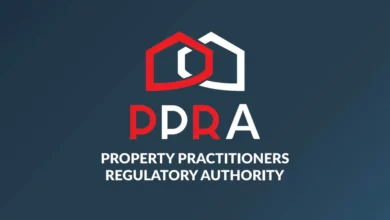LeanershipsOpportunities
End User Computing Learnership

Well established company based in Midrand is looking for Disabled Candidates who wants to complete a End User Computing Learnership.
Minimum Requirements:
1. Matric/Gr12 essential
2. Certificate/Proof of Disability required
3. Must be Able to attend class in Midrand
4. Candidates must not be presently studying.
How to apply
Click here to Apply Online
Closing date: Unspecified




